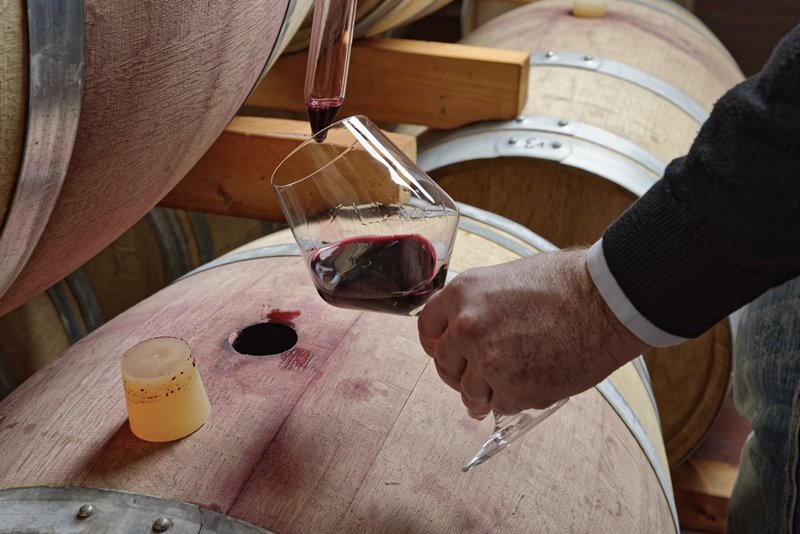The chemistry of wine: transforming grape juice into wine
Understanding the role of yeasts in winemaking

The journey of grape juice to wine is a fascinating interplay of nature and human intervention, a process steeped in both art and science. At its core, winemaking, or vinification, is a process deeply influenced by regional traditions, winemaking practices, and the desired characteristics of the final product. However, regardless of the type of wine or its origin, there are fundamental processes that underpin the creation of all great wines.
The key to transforming grape juice into wine is alcoholic fermentation, a process that for centuries remained shrouded in mystery and was often considered miraculous. Today, we understand this process as a complex microbiotic phenomenon occurring within wine vats during fermentation.
Simply put, fermentation is the process that converts grape juice into wine. It occurs when fungi, specifically natural yeasts, consume the sugars present in the grape must, releasing alcohol and gas in the process. This transformation not only alters the taste of the juice from sweet to acidic but also triggers physical changes. The must becomes cloudy, heats up, and releases gas, often likened to boiling, hence the term 'fermentation,' derived from the Latin 'fervere' meaning 'to boil.'
The chemical equation of this process can be expressed as:
Glucose (2C6H12O6) = Alcohol (C2H6O) + Carbon Dioxide (CO2)
This equation holds true for about 90% of the process, as fermentation also releases a multitude of substances in small quantities.
The Role of Yeasts in Fermentation
The real heroes of alcoholic fermentation are the microscopic fungi known as yeasts, predominantly found in the soil of vineyards. They are naturally present on grapes at harvest time and are transported along with the fruit to the wine vat. During fermentation, a cubic millimeter of must can contain yeast populations ranging from 80,000 to 120,000, meaning millions of these fungi are at work in just a drop of fermenting wine.
Human Intervention in Fermentation
While nature plays its part, human involvement is crucial in overseeing the fermentation process. This primarily involves monitoring the must's density and temperature. The control of density helps determine the wine's sweetness level, whereas temperature control indicates the end of fermentation. The fermentation duration and method vary depending on the type of wine, yeast used, and desired characteristics, such as body, astringency, and aging potential.
Additional Winemaking Processes
Beyond fermentation, other human manipulations include chaptalization (adding sugar to increase alcohol content) and acidulation (adding tartaric acid to increase acidity). Temperature control during fermentation, typically between 18°C to 20°C, is crucial and is often regulated through cooling systems.
The Malolactic Fermentation
Following alcoholic fermentation, winemaking involves a secondary process known as malolactic fermentation. This is especially crucial in red wines, where malic acid from grapes is converted into lactic acid and carbon dioxide, imparting a smoother taste to the wine.
The transformation of grape juice into wine is a remarkable blend of natural processes and skilled human intervention. From the mysterious workings of yeasts to the careful monitoring and adjustments by winemakers, each step in the journey of vinification is a testament to the intricate relationship between humanity and nature in the creation of this ancient and beloved beverage.
Founded in 2007, Vinetur® is a registered trademark of VGSC S.L. with a long history in the wine industry.
VGSC, S.L. with VAT number B70255591 is a spanish company legally registered in the Commercial Register of the city of Santiago de Compostela, with registration number: Bulletin 181, Reference 356049 in Volume 13, Page 107, Section 6, Sheet 45028, Entry 2.
Email: [email protected]
Headquarters and offices located in Vilagarcia de Arousa, Spain.